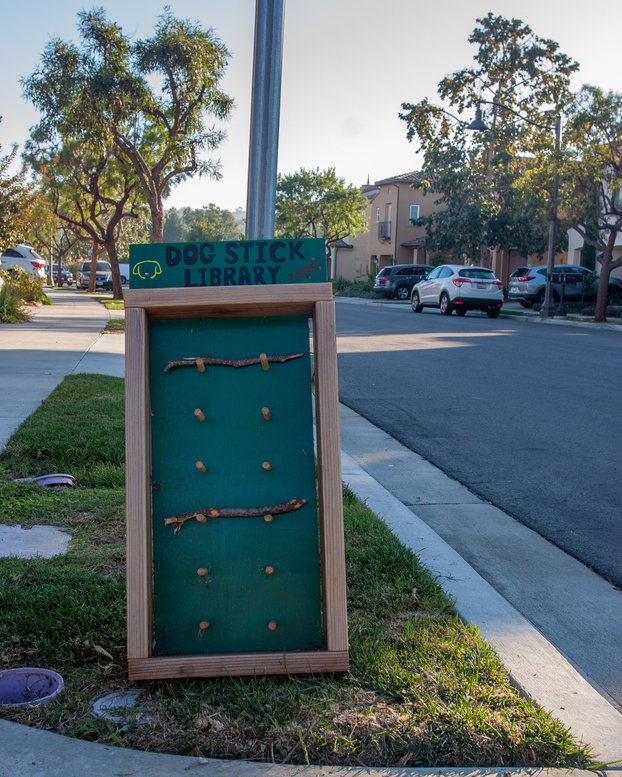Linkage
-
Joanne Cohn and the email list that led to arXiv (\(\mathbb{M}\)). If, like me, you thought arXiv was started by Paul Ginsparg, you’re mistaken. Ginsparg deserves a lot of credit for setting up most of arXiv’s infrastructure but he only did it after Cohn gave him a ball to run with.
-
I ran across a reference to French mathematical artist Sylvie Pic in Étienne Ghys’ online book ‘‘A Singular Mathematical Promenade’’ (\(\mathbb{M}\)) and am intrigued by her work but can only find snippets here and there. A few links: les traces habiles, documents d’artistes, Sucharda’s Still Life (2006), and a Google Books link to an essay by Pic about her work: “Some Aspects of the Use of Geometry in My Artistic Work”, in ‘‘The Visual Mind II’’.
-
Colouring Graphs and Fermat’s Conjecture (\(\mathbb{M}\)). How Issai Schur used graph Ramsey theory to prove that the Fermat equation \(x^n+y^n=z^n\) has solutions modulo \(p\) for all but finitely many primes \(p\). Another Some1 math-explainer video, I think?
-
Contraction sequences (\(\mathbb{M}\)). This introduces twin-width, a hot topic in graph structure theory and structure-based algorithms, more broadly than you might get from its research papers. Twin-width is based on repeated merging pairs of vertices with similar neighborhoods, aiming for each cluster to be nonuniformly connected to very few other clusters, but other kinds of width can be formulated in this way and this view leads to an alternative proof of Courcelle’s theorem.
-
Szemerédi regularity lemma now formalized in Isabelle (\(\mathbb{M}\), via). This is the result that every graph’s vertices can be partitioned into few subsets so that the subgraph between most pairs of subsets resemble random graphs of varying densities. It’s not the Robertson–Seymour theorem or the strong perfect graph theorem, but still it’s good to see some serious graph theory getting attention from the proof assistant crowd.
-
The 2022 JMM mathematical art gallery is already online (\(\mathbb{M}\)), although I’m not sure, maybe it’s still being populated with more to come later. The rotating hexagon cluster mechanism by Khushbu Kshirsagar makes me want to see something like it for a rotating cluster of smoothed octagons, but I guess that would require a more complicated design.
-
This is a symmetric view of the Whitehead link (\(\mathbb{M}\)), which in its more usual view (an alternating link formed by overlaying a circle and a figure-eight) is not as obviously symmetric. Redrawn from Fig.22 of Skopenkov’s “A user’s guide to basic knot and link theory” and also available in more garish colors at Wikimedia commons.
-
Two pointers (\(\mathbb{M}\)). Peter Cameron warns that accessibility requirements for course lecture notes and the ability to format mathematics in those notes may be on a collision course, because the non-mathematicians who formulate accessibility requirements don’t realize how inadequate non-LaTeX solutions are. Also that requirements for making research data public are being taken to silly levels for research in fields like mathematics where there may well be no data to make public.
-
Consecutive squareful numbers (\(\mathbb{M}\)). It’s easy to prove by Chinese remaindering that arbitrarily long sequences of non-squarefree numbers exist, but there’s some interesting work on how to find the first such sequence quickly.
-
Strategy on an infinite chessboard between an angel and a devil (\(\mathbb{M}\)). Video clearly explaining the solution to Conway’s angel vs devil problem. There’s a strategy-stealing trick in there, so although you get an explicit algorithm for the angel to escape a weaker adversary, this method only proves the existence of an algorithm for escaping the devil without showing how.
-
Three new Wikipedia Good Articles (\(\mathbb{M}\)):
-
Feedback arc set, edges touching all cycles in a digraph, with applications to sports ranking, chemical engineering, baboon psychology, etc.
-
Opaque set, points or curves blocking all visibility across a shape, with the shortest solution mostly still unknown.
-
No-three-in-line problem, the largest grid set without three points in line, conjecturally \(\approx 1.814n\) despite all experimental evidence pointing to \(2n\).
-
-
Fractal Kitty, newly on Mathstodon, makes playing cards with birds for numbers and plane curves, knots, graphs, and groups as suits (\(\mathbb{M}\)).
-
Top-ten underused Greek letter variables on arXiv (\(\mathbb{M}\), via).
-
You’re probably familiar with Little Free Libraries (\(\mathbb{M}\)), outdoor bookshelf-boxes on sticks that have popped up like mushrooms all over neighborhoods like mine (we have five) to make it easy to find good homes for books you’d like others to find or don’t want to keep yourself. One of our neighbors has taken it a step further, making a little free dog-stick library, in active use judging by its changing numbers of sticks from week to week.

-
TheoretiCS (\(\mathbb{M}\)) is a new diamond-open-access journal in all areas of theoretical computer science. It is being run as an overlay of arXiv, through the Episciences platform for such overlays, with Javier Esparza and Uri Zwick as editors-in-chief and a large and distinguished editorial board.